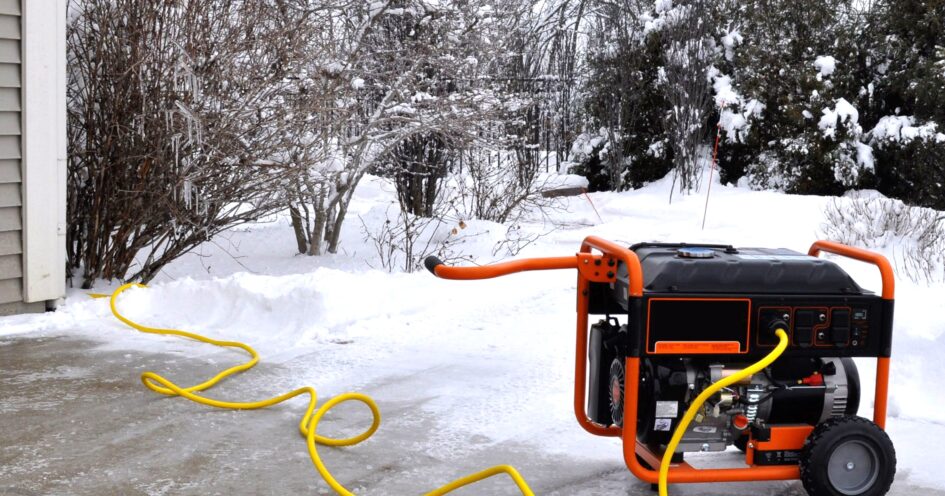Winter is coming, and with extreme weather, electricity outages can result in costly work stoppages at your facility. The Outdoor Power Equipment Institute (OPEI) is reminding business owners and maintenance managers to prioritize safety when using a generator this winter.
RELATED: Preparing your facility for winter storms
“Not having power when you need it is frustrating, so a generator can provide emergency backup power at a reasonable cost,” says Kris Kiser, president and CEO of OPEI. “It’s important to follow all manufacturer’s instructions, and never place a generator in your garage or inside your building. It should be a safe distance from the structure and not near an air intake.”
OPEI has provided a list of tips for facility and maintenance managers to help increase safe use throughout the winter:
- Take stock of your generator. Assess your equipment to make sure it’s in good working order before the bad weather comes.
- Review the directions. Follow all manufacturer’s instructions and review the owner’s manuals (look manuals up online if you cannot find them) so equipment is operated safely.
- Install a battery-operated carbon monoxide detector. This alarm will sound if dangerous levels of carbon monoxide enter the building, keeping your team and visitors safe.
- Have the right fuel on hand. Use the type of fuel recommended by the generator manufacturer to protect your investment. It’s best to use fresh fuel, but if you are using fuel that has been sitting in a gas can for more than 30 days, add fuel stabilizer to it, and store gas only in an approved container and away from heat sources.
- Ensure portable generators have plenty of ventilation. Generators should never be used in an enclosed area or placed inside a building or a garage, even if the windows or doors are open. Place the generator outside and away from windows, doors, and vents that could allow carbon monoxide to drift indoors.
- Keep the generator dry. Do not use a generator in wet conditions, and cover and vent it to keep it protected. Model-specific tents or generator covers can be found online for purchase and at home centers and hardware stores.
- Only add fuel to a cool generator. Before refueling, turn the generator off and let it cool down.
- Charge and use battery-powered generators or inverters properly. Recharge your equipment only with the charger specified by the manufacturer. A charger that is suitable for one type of battery pack may not be compatible with another battery pack. Follow all charging instructions and do not charge the battery pack or equipment outside the temperature range specified in the instructions. Charging improperly or at temperatures outside the specified range may damage the battery.
- Plug in safely. If you don’t have a transfer switch, you can use the outlets on the generator. It’s best to plug in appliances directly to the generator. If you must use an extension cord, it should be heavy-duty and designed for outdoor use. It should be rated (in watts or amps) at least equal to the sum of the connected appliance loads. Make sure the cord is free of cuts, and the plug has all three prongs.
- Install a transfer switch. A transfer switch connects the generator to the circuit panel and lets you power hardwired appliances. Most transfer switches also help avoid overload by displaying wattage usage levels.
- Do not use the generator to “backfeed” power into your building’s electrical system. Trying to power your building by “backfeeding” – where you plug the generator into a wall outlet – is dangerous. Backfeeding bypasses built-in circuit protection devices, so you could damage your electronics or start an electrical fire.
Keep your building and its occupants safe through the winter with proper generator use, storage, and maintenance.
Photo courtesy of Outdoor Power Equipment Institute (OPEI).









